The loggia is protected from moisture, but is subject to significant temperature drops and exposure to ultraviolet rays. In such conditions, not all materials are durable. Consider the most popular options for finishing.
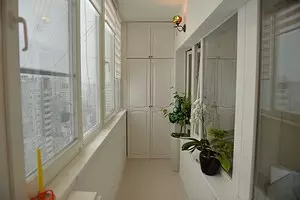
1. Fliseline wallpaper
Practice shows that adhesives for heavy wallpapers do not withstand "semi-supersonal" operating conditions. Wallpaper themselves, especially saturated tones (with the exception of high-resistance products), burn out in the sun. In addition, in a close narrow room, they are quite quickly damaged. This is not the best finish option for the unheated loggia.
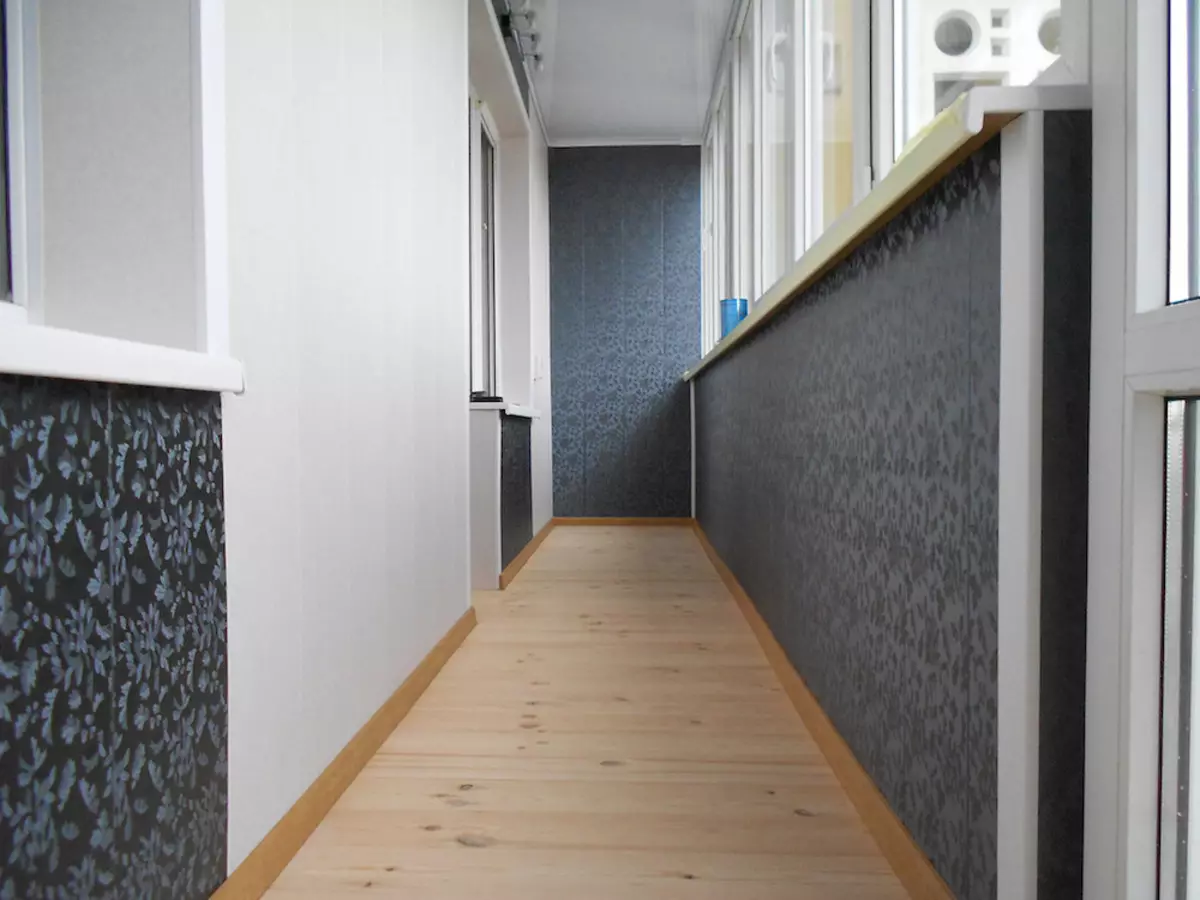
Flizelin wallpaper is reliably held on the surfaces only in the absence of sudden drops of moisture and temperature, that is, in a heated room. Photo: Service window
2. Natural wallpaper
Products from cane, jute and other plant fibers are polluted and accumulated dust. They are unsuitable for finishing the loggia, especially overlooking the revolving street, the area, etc. But here are bamboo and corkscrew wallpapers (and cork tile), non-stuck on polyurethane parquet glue - the option is suitable, although quite expensive.
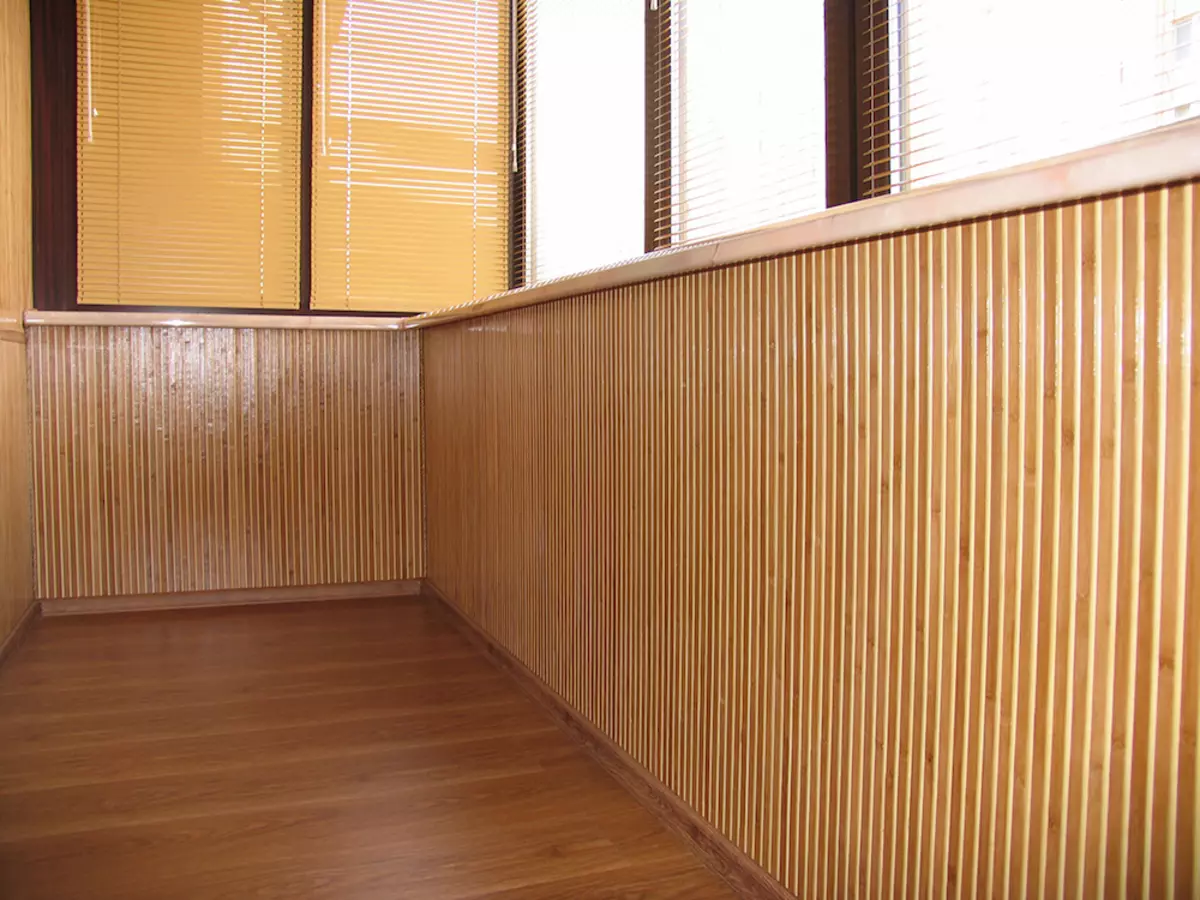
Bamboo wallpaper with a vertical arrangement of stems will remind you of tropical countries and help turn the loggia into the like bungalow. Photo: Azero Balcony
3. Paint
The walls of the loggia should be painted with washing paint. The lack of paint is that it requires the perfect alignment of the base surface - the wall must be plastered or tinted with plasterboard, and then sharpen. Note that for the loggia it is better to choose cement plaster and moisture-resistant plasterboard.
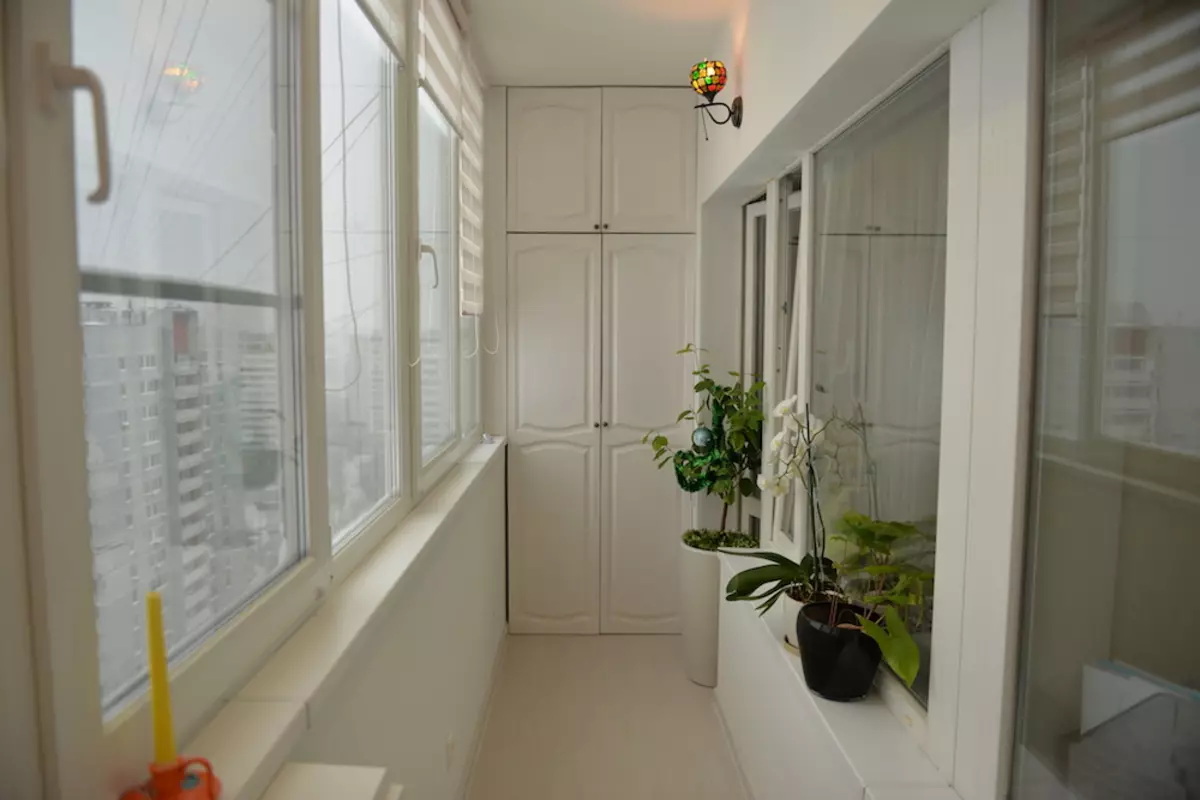
Painting in bright tones visually expands the boundaries of the room, but such a finish requires repair more often. Photo: alpha.
Sometimes you can read that the finishing of the loggia should provide additional sound insulation. In practice, no material is able to give a tangible increase in the soundproofing ability of the capital wall. To protect against noise, it is much more important to mount hermetic glazing with thick (6 mm) single glazers or with double-glazed windows.
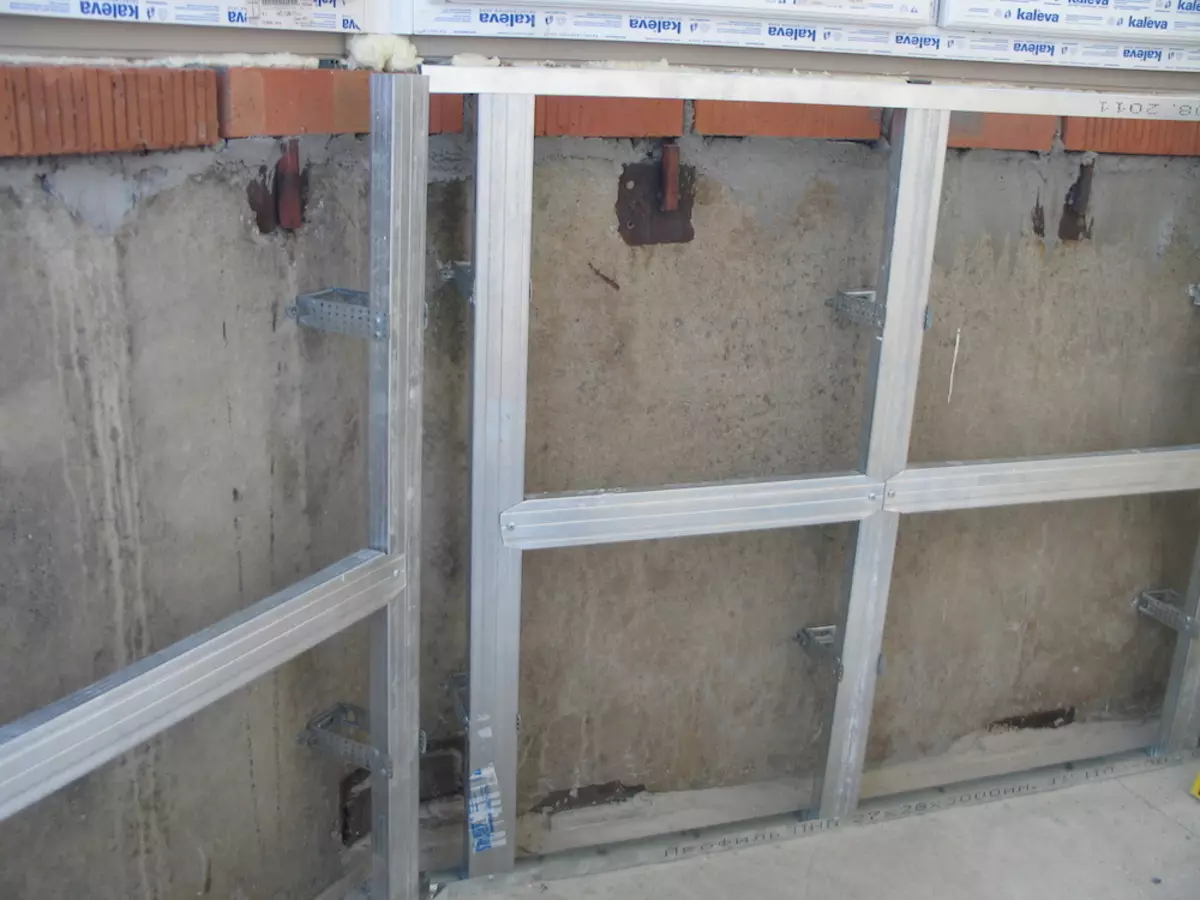
For the walls of the walls, plasterboard will need to mount the frame from steel galvanized profiles. Photo V. Grigoriev
4. Wooden lining
Such a finish will last for many years, but it will require a lamb mounting (that is, "steals" up to 8 cm from the width and the length of the room). Under the influence of light, a wooden trim can "heat up" and acquire a rich drow-orange tint, so it must be covered with a formulation with a UV filter. Modern paints and lazuries are able to give lining an unusual and stylish appearance, align the tone and disguise small defects. But it is necessary to buy only high-grade material (grade, "A", "Extra", "Sell)". At the same time, the nicks need to be cleaned with a knife and sharpen.
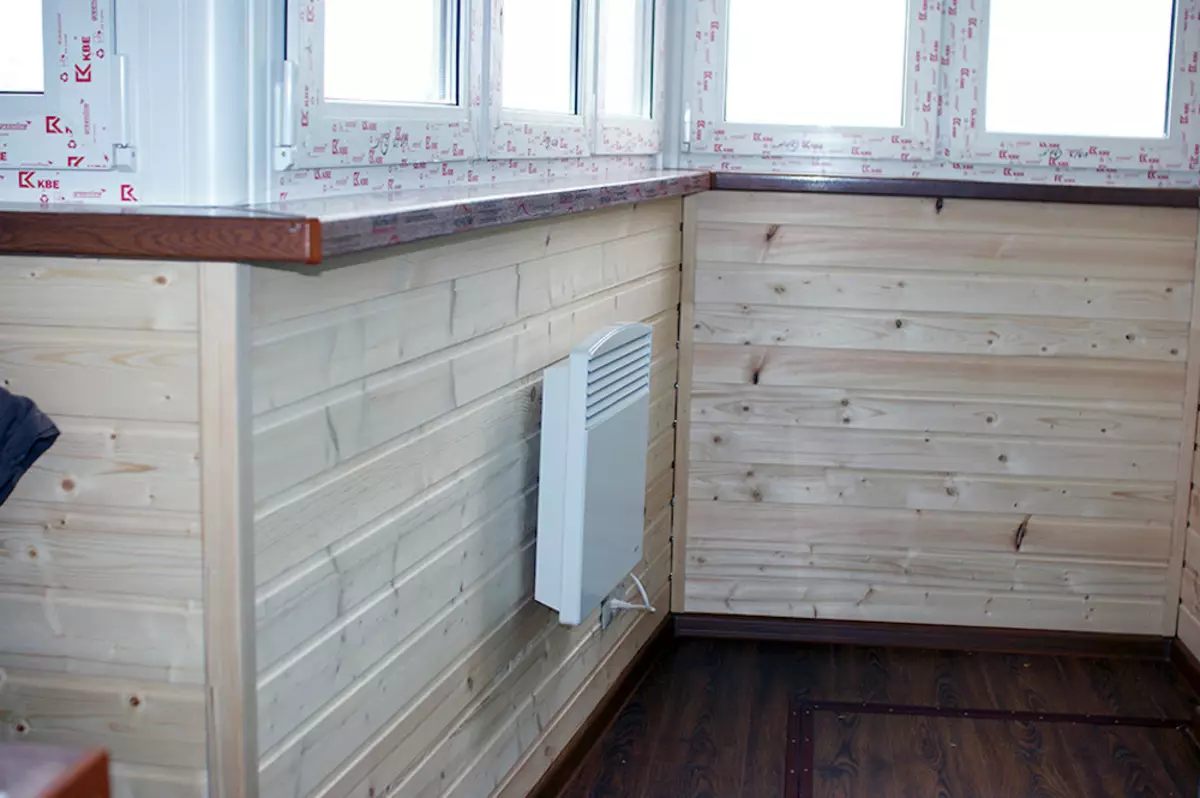
The lining can be oriented both vertically (traditional option) and horizontally (ship-style). Photo: alpha.
The basement of the loggia can be used with clapboard, moisture-resistant plasterboard sheets or metal (aluminum, steel) rails. Stretch can not withstand frost.

The difference between the lining of pine, spruce and larch is difficult to notice, but the casting of the material is immediately striking. In this case, the walls are triggered by the grade "Extra", and the ceiling (partially) - AB varieties. Photo V. Grigoriev
5. Interior PVC lining
It does not look too presentable, it accumulates static electricity (and therefore dust) and it is easily damaged - especially at low temperatures. We do not recommend using this material for finishing the loggia.
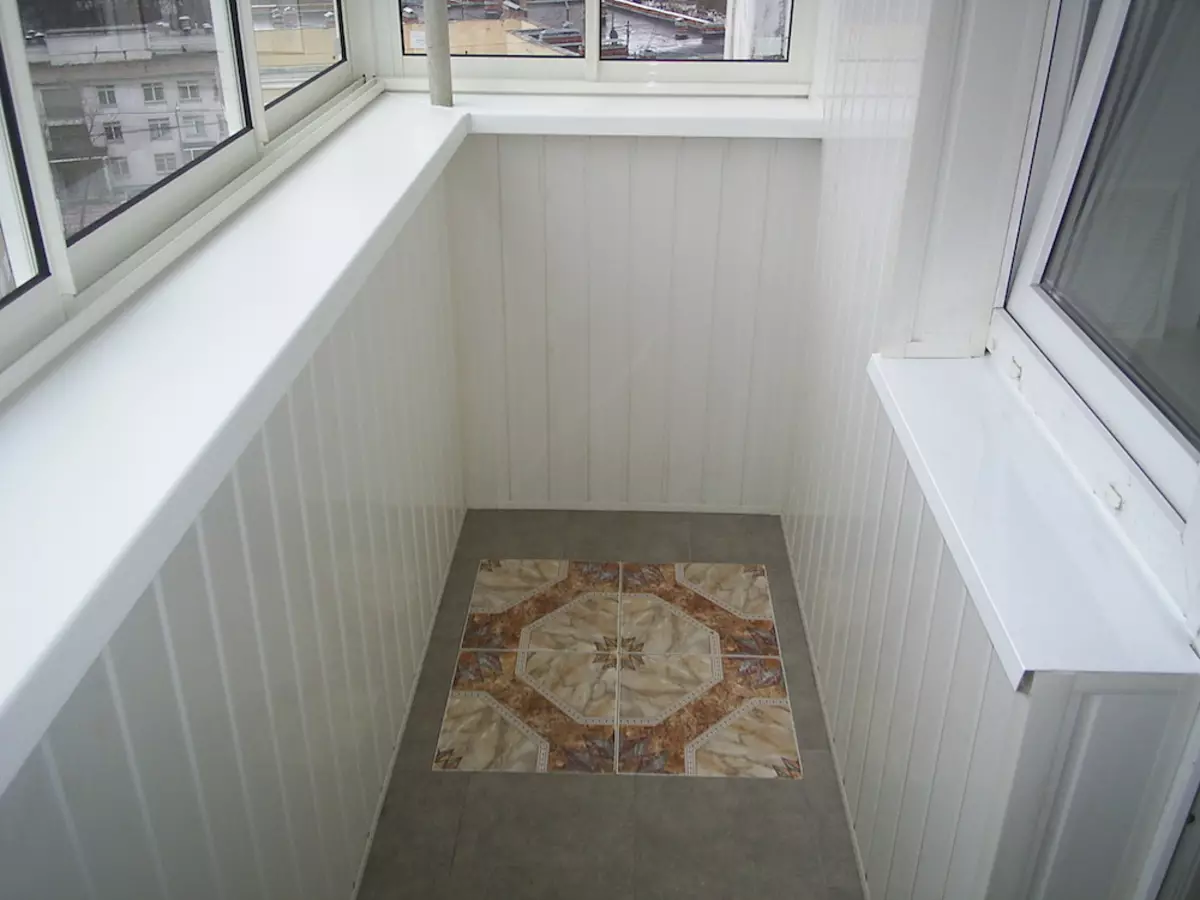
The cheapest can be covered with white PVC wall walls. Photo: Glazer
The main requirement for flooring is safety (sliding resistance). Optimal options are a massive board and porcelain tiles for wet rooms.
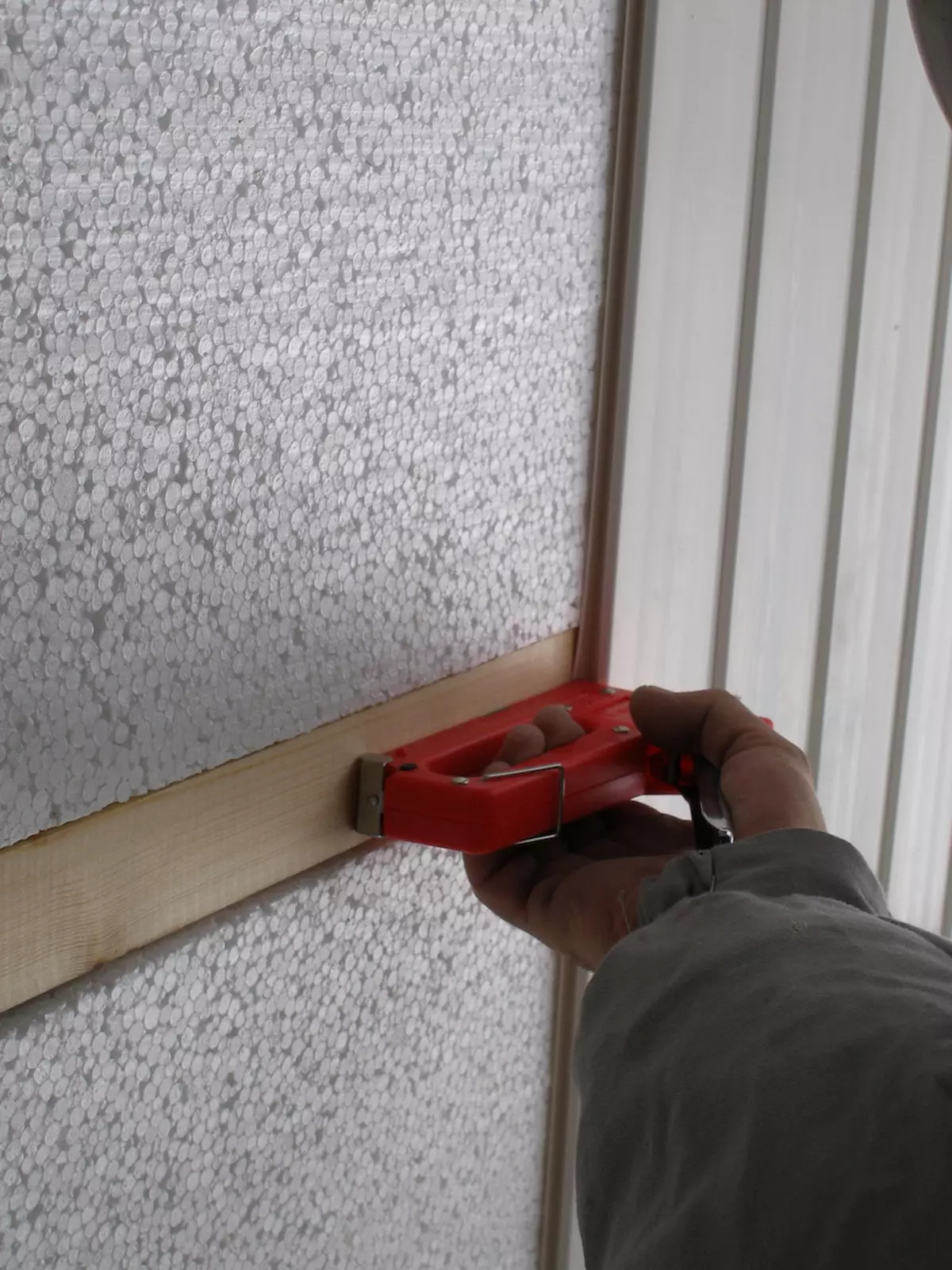
Plastic lining fasten to the cutting of the construction stapler. Photo V. Grigoriev
6. Decorative interior plaster
It is convenient because it can be applied to a roughly aligned and primed concrete wall. The material is enough wearless, but before using it, it is worth consulting with an experienced designer and Mallar Master - many species of plaster in a small narrow room cease to "play" and look rather dumb. And not all plaster stand to ultraviolet (this parameter needs to be clarified by the manufacturer).
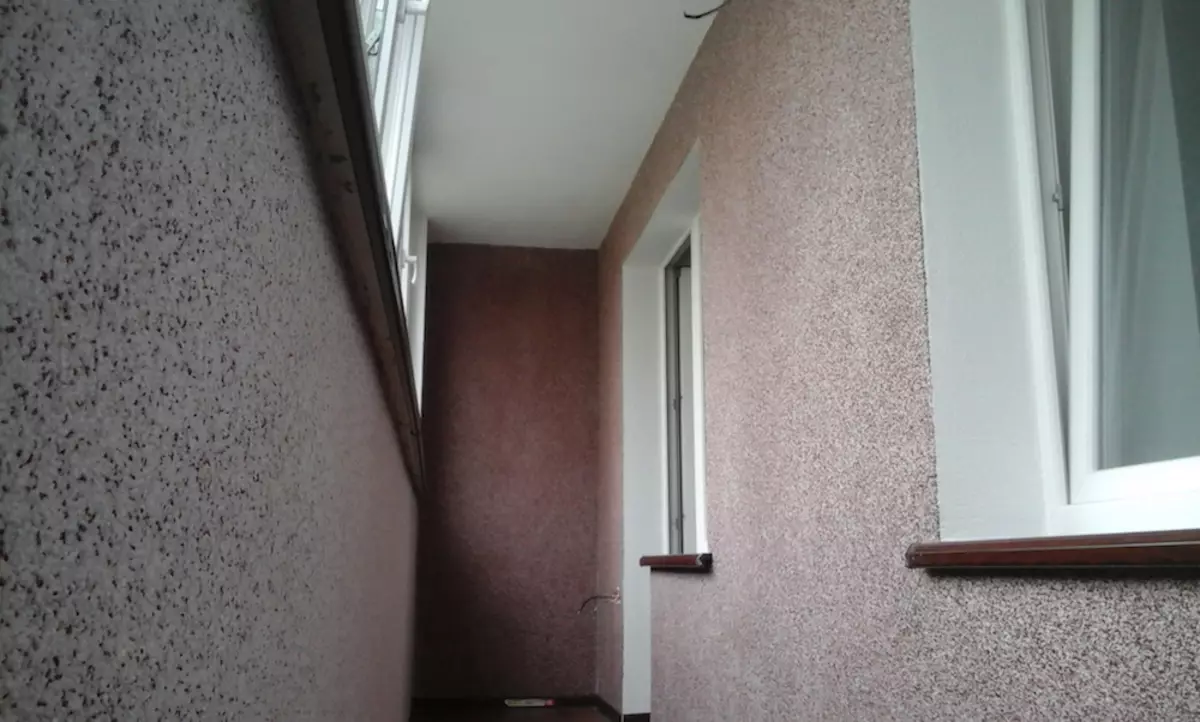
In principle, a facade plaster with mineral crumb can be used to finish the loggia. Photo: Cozy balcony
7. Panels from laminated MDF
Externally, it is difficult to distrust with wide wooden panels, but, alas, often covered with a film that is not designed for direct exposure to sunlight. Such panels burn out in the sun for two or three years, and sometimes faster. The material should not be used to finish an unnecessary loggia, especially overlooking the southern side.
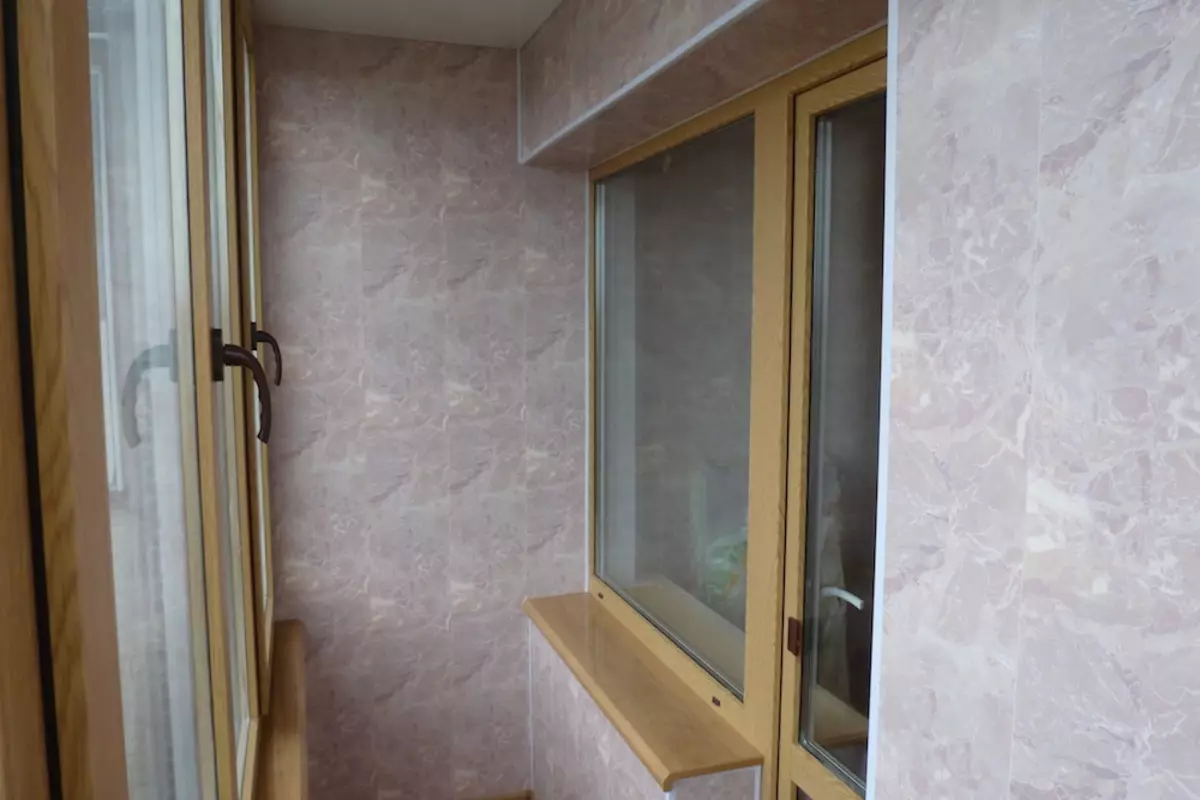
The angular joints of plastic and laminated panels have to close the lining. Photo: Constanta
8. Artificial stone and ceramic tiles
These are extremely wear-resistant and durable materials, but expensive, tactful cold and requiring a professional approach to the design of the room.
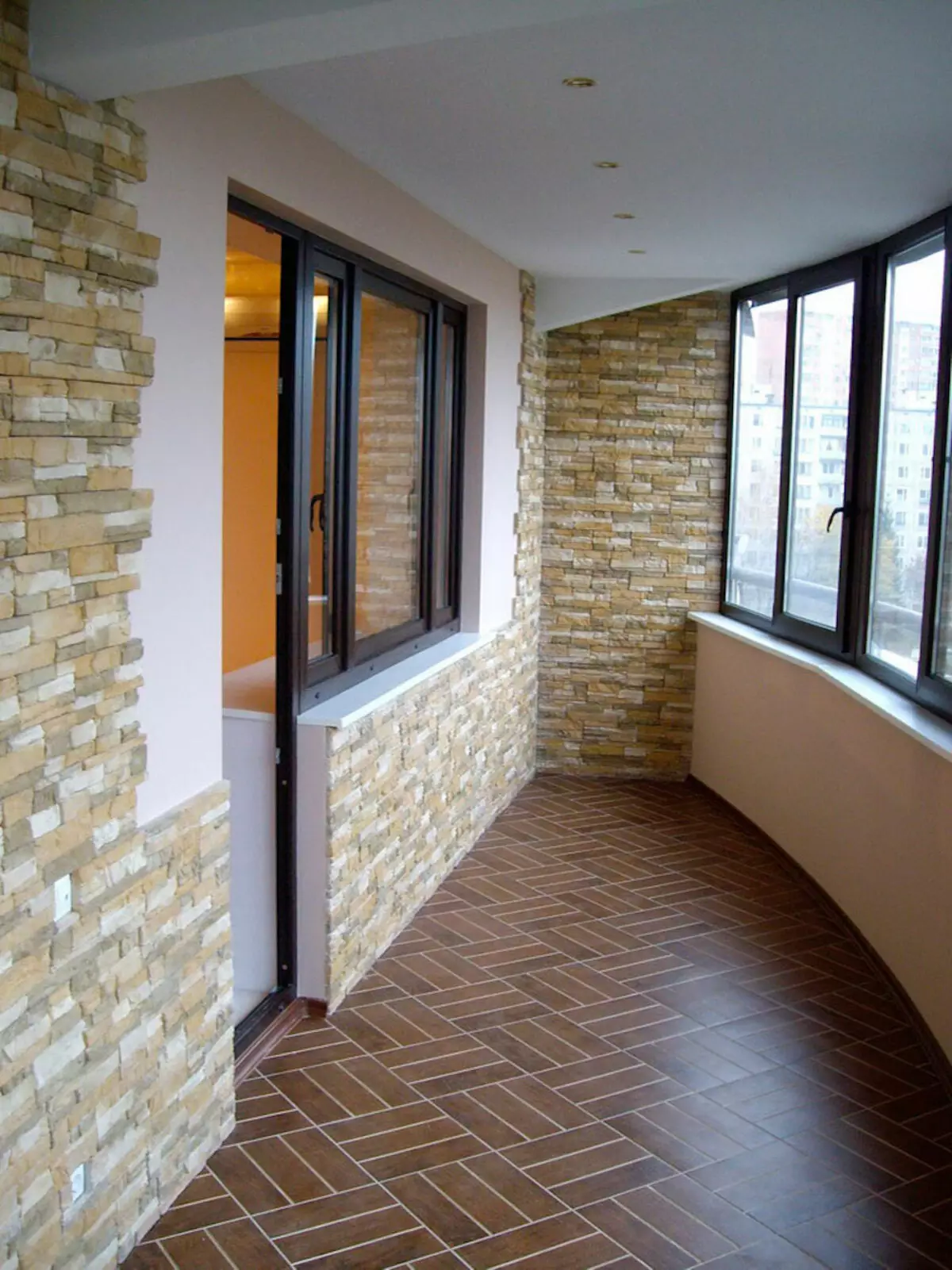
Modern tile made of light concrete is almost indistinguishable from natural sawing stone. Photo: Altair Stroy
The loggia can also be separated and natural stone (sandstone-tumor). To the touch, he is warmer tiles, but harder in care, besides, sometimes cracks and strates.





